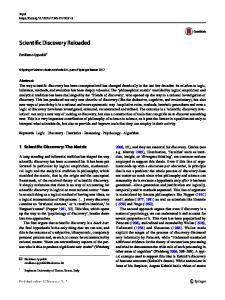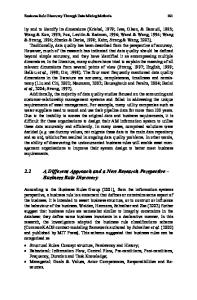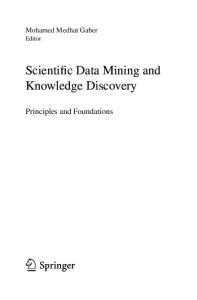Scientific Discovery Through Fictionally Modelling Reality
- PDF / 1,014,755 Bytes
- 11 Pages / 595.276 x 790.866 pts Page_size
- 14 Downloads / 281 Views
Scientific Discovery Through Fictionally Modelling Reality Fiora Salis1,2
© The Author(s) 2018
Abstract How do scientific models represent in a way that enables us to discover new truths about reality and draw inferences about it? Contemporary accounts of scientific discovery answer this question by focusing on the cognitive mechanisms involved in the generation of new ideas and concepts in terms of a special sort of reasoning—or model-based reasoning—involving imagery. Alternatively, I argue that answering this question requires that we recognise the crucial role of the propositional imagination in the construction and development of models for the purpose of generating hypotheses that are plausible candidates for truth. I propose simple fictionalism as a new account of models as Waltonian games of make-believe and suggest that models can lead to genuine scientific discovery when they are used as representations that denote real world phenomena and generate two main kinds of theoretical hypotheses, model-world comparisons and direct attributions. Keywords Scientific discovery · Scientific models · Scientific representation · Model-based reasoning · Make-believe · Fictionalism · Denotation · Theoretical hypotheses
1 Introduction How do scientific models represent real world phenomena in ways that enable scientific discovery and inferences? In this paper I will argue that answering this question requires recognising the crucial role of the scientific imagination in the construction and development of models for the purpose of generating hypotheses that are plausible candidates for truth. Imagination is integral to the ways in which contemporary scientific investigation enables scientific discovery and thereby produces new knowledge of reality. When scientists want to study a particular aspect of the world that is too complex to study directly they imagine a version of that system with simplifications and alterations, i.e. they study a scientific model. For example, the Lotka–Volterra model of predator–prey interaction is commonly identified with the following two differential equations:
dx∕dt = Ax − Bxy * Fiora Salis [email protected]; [email protected] 1
Department of Philosophy, University of York, Heslington, York YO10 5DD, UK
Centre for Philosophy of Natural and Social Science, London School of Economics and Political Science, Houghton Street, London WC2A 2AE, UK
2
dy∕dt = −Cy + Dxy The equations model the growth rates of two imaginary populations, one prey and one predator, dynamically interacting with each other. However, the equations per se do not model anything unless they are used under a certain construal. The variables x and y in the equations are construed as standing in for prey and predator population respectively, t for time, A for the growth rate of prey, B for the predation rate coefficient, C for the predator mortality rate, and D for the rate at which predators increase by consuming prey. To enable mathematical treatment, the model makes a number of simplifying assumptions, i
Data Loading...











